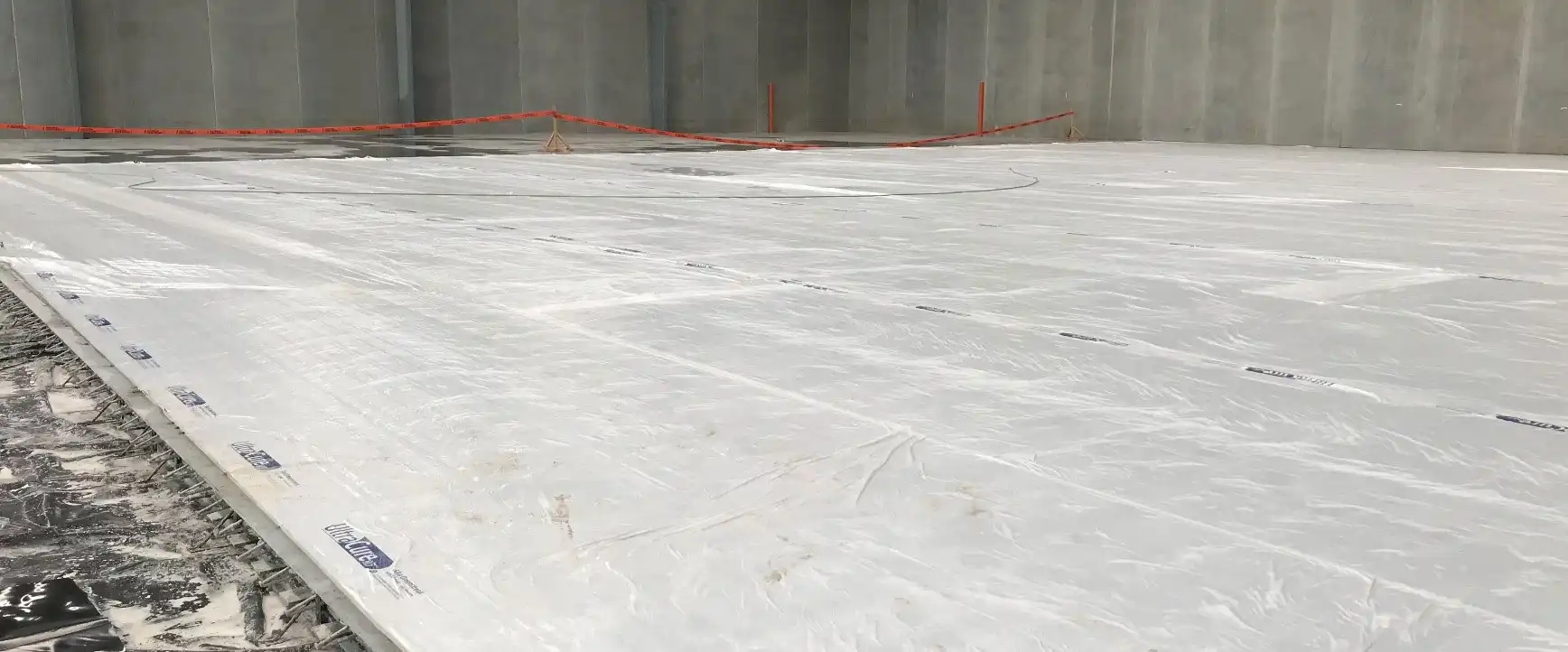The curing process of concrete is a fundamental stage that directly influences the material’s strength, durability, and long-term performance. In the construction industry, ready-mix and precast concrete are widely adopted due to their convenience and quality control advantages. However, ensuring proper curing of these types of concrete presents several technical and logistical challenges that must be carefully managed to achieve the desired structural integrity.
-
Time constraints and production schedules
One of the primary challenges in curing ready-mix concrete relates to the limited timeframe between batching at the plant and placement on site. Ready-mix concrete must be transported and placed rapidly to prevent premature setting or moisture loss, which can adversely affect hydration and final strength. Similarly, precast concrete elements are manufactured in controlled factory environments but require carefully timed curing regimes to ensure they reach required strength levels prior to handling, transportation, and installation. The pressure to meet tight construction schedules often forces compromises that can jeopardize proper curing.
-
Impact of environmental conditions
Environmental factors such as temperature, humidity, and wind velocity significantly influence the curing process. For ready-mix concrete, exposure to hot, dry, or cold weather conditions on the construction site can accelerate or decelerate cement hydration, leading to inconsistent quality. Precast concrete manufacturing facilities attempt to regulate temperature and humidity during curing through specialized chambers; however, variations within these controlled environments and during outdoor storage can still occur. Maintaining stable and optimal curing conditions is therefore a continual challenge, especially in regions with extreme climates.
-
Maintaining uniform moisture levels
Moisture retention is critical for continuous cement hydration and strength development. In ready-mix concrete, evaporation from the surface can lead to insufficient moisture, resulting in incomplete curing and reduced durability. This risk increases if adequate curing methods such as water spraying, covering with wet burlap, or curing compounds are not employed. Precast concrete elements often utilize wet curing or steam curing to ensure uniform moisture availability; however, ensuring that all areas of a complex element receive consistent moisture throughout the curing period remains difficult.
-
Quality control and monitoring difficulties
Effective monitoring of the curing process is essential to guarantee compliance with design specifications. While precast concrete plants can implement rigorous quality control protocols and utilize advanced sensors to track temperature and humidity, monitoring ready-mix concrete curing on dynamic construction sites is more complicated. Variability in site conditions, curing practices, and workmanship can lead to significant differences in strength and durability across the same project, posing challenges for quality assurance.
-
Handling and transportation of precast elements
For precast concrete, achieving sufficient curing before transportation is vital to prevent structural damage during handling and installation. Early-age concrete is vulnerable to cracking from vibrations and impact, which can compromise the element’s integrity. Determining the optimal curing duration that balances early strength gain with the safety of transport and erection is a critical consideration that requires careful planning and testing.
-
Economic and energy considerations
Advanced curing techniques, particularly those used in precast production such as steam curing or autoclaving, demand significant energy input and infrastructure investment, increasing manufacturing costs. On-site curing of ready-mix concrete may also involve expenses related to curing compounds, water supply, and labor for maintenance. Achieving an efficient curing process that meets technical requirements while managing costs remains an ongoing challenge for the construction industry.
Curing of ready-mix and precast concrete is a complex and multifaceted process influenced by timing, environmental conditions, moisture control, quality assurance, handling requirements, and economic factors. Overcoming these challenges necessitates meticulous planning, adoption of best practices, and continual innovation in curing technologies. Ensuring effective curing ultimately results in concrete structures that fulfill their design expectations in terms of strength, durability, and longevity.

